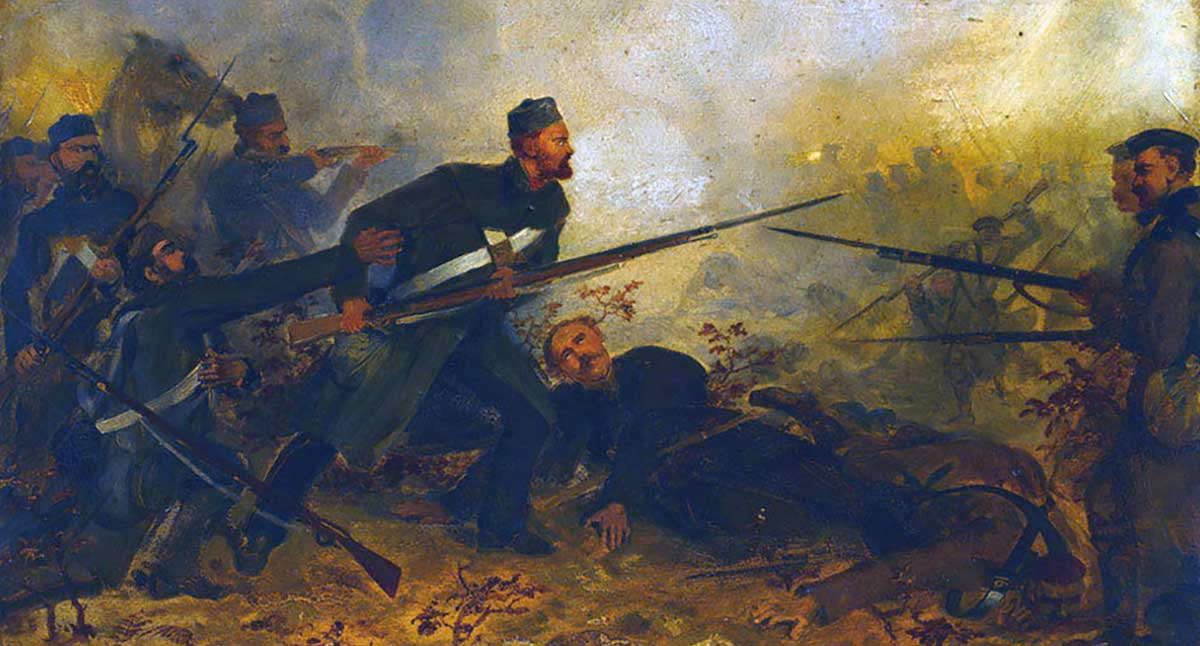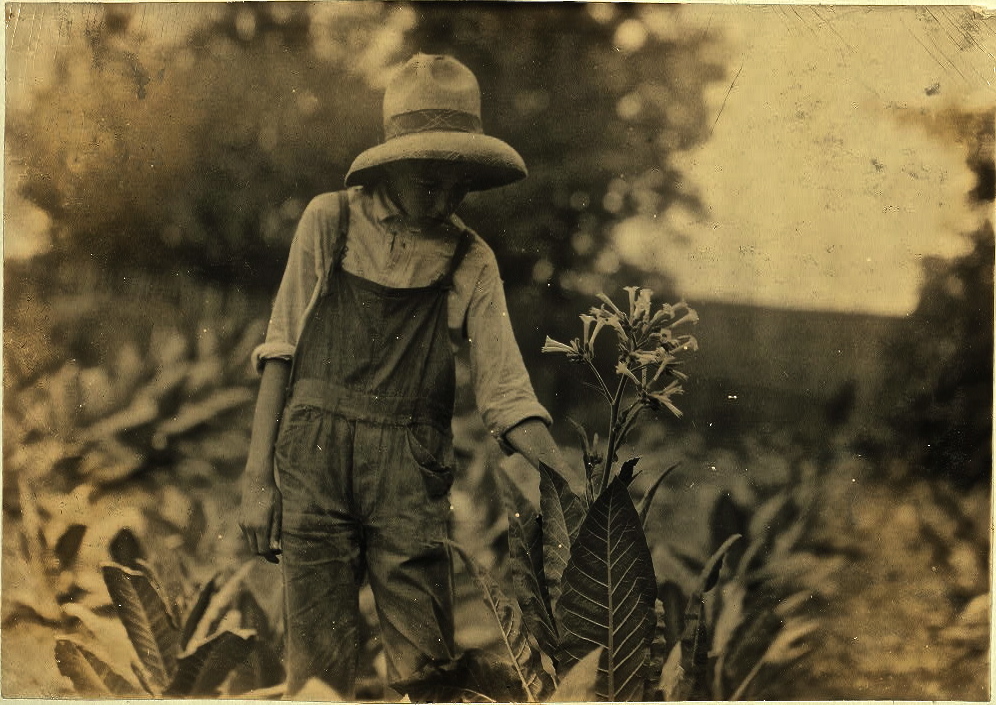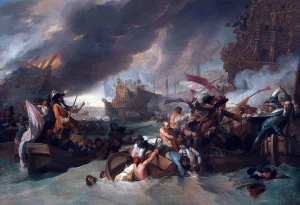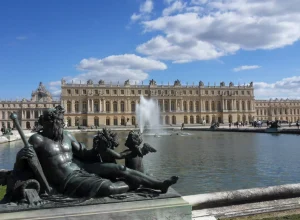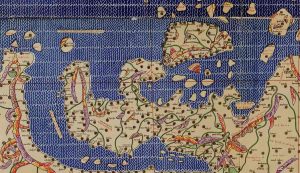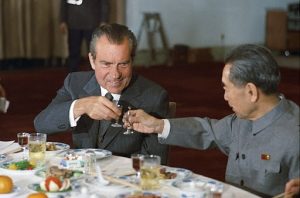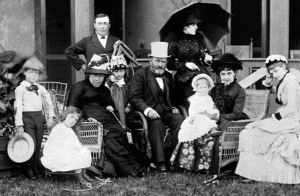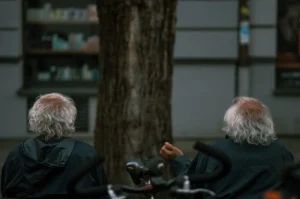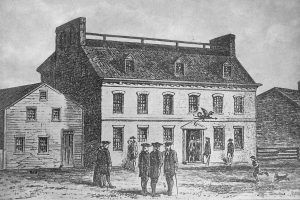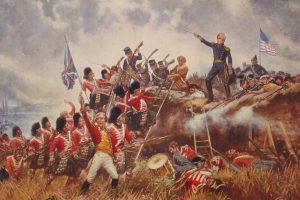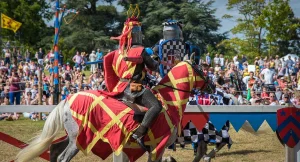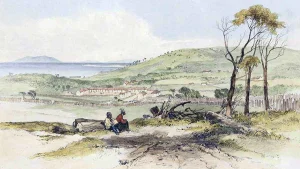Quick Background: The Crimean War
In 1854, Britain, France, and the Ottoman Empire went to war against Russia. The fight started over religious rights in the Holy Land, but it soon turned into a struggle for power around the Black Sea. The Allies landed in Crimea, marched toward the Russian base at Sevastopol, and set up a long siege. Supplies were poor, disease was common, and leaders often made bad decisions.
One small port, Balaclava, became a key lifeline for Allied supplies. It was weakly defended. That weakness—and some very human mistakes—set the stage for the famous charge.
The Battlefield at Balaclava
To protect the road from Balaclava up to the siege lines, the Allies built a chain of small earth forts called redoubts. Most were manned by Ottoman (Turkish) troops with a few British artillery specialists. The British also had the 93rd Highlanders (infantry), some artillery, and two cavalry forces: the Heavy Brigade (big horses, shock troops) and the Light Brigade (faster, meant for scouting and chasing).
At dawn on October 25, 1854, a Russian force of about 25,000 men hit the line. They overran several redoubts after hard fighting. The road to Balaclava looked open.
“The Thin Red Line”
Between the Russians and the port stood fewer than 500 Scottish soldiers—the 93rd Highlanders—supported by rallied Ottoman troops. Their commander, Sir Colin Campbell, chose not to form a defensive square (the usual move against cavalry). He kept his men in a thin double line and waited.
When Russian cavalry came on, the Highlanders fired two tight volleys. The riders hesitated and pulled back. That stand became famous as “The Thin Red Line,” a symbol of calm discipline under pressure. It bought time—but the battle wasn’t over.
The Heavy Brigade’s Short, Sharp Shock
Next, the Heavy Brigade saw a mass of Russian cavalry on a flank and charged straight at them. Though badly outnumbered, their sudden attack surprised the Russians, who had stopped moving and lost the initiative. In only five minutes, the Heavy Brigade pushed the enemy back in confusion. It was a rare, clean success that morning.
But then came the disaster.
Leadership Problems—and One Fatal Order
British high command was a mess. Many senior officers had bought their positions and were older men with little recent experience in big European battles. The commander, Lord Raglan, watched from high ground. From up there, he could see the whole field. The men in the valley could not.
Raglan was worried the Russians would carry off captured Allied guns from the redoubts. He wrote an order to stop the enemy from taking the guns. The wording was vague. The messenger, Captain Louis Nolan, was a brilliant rider but openly scornful of the cavalry leaders below—Lord Lucan (Cavalry Division) and Lord Cardigan (Light Brigade). When Lucan asked which guns he meant, Nolan gestured down the valley toward a strong Russian battery—not the nearer redoubt guns Raglan had in mind.
Lucan and Cardigan, who hated each other, now believed they had to charge straight down the long valley at a battery two kilometers away, with Russian guns firing from the left, the right, and the front. It made no sense—but the order seemed to come from the top, and time was short.
Into the Valley of Death
The Light Brigade moved out. Nolan suddenly realized Lucan had taken his gesture literally and tried to wave them to a different target—but an enemy shell killed him instantly. The Heavy Brigade started to move as well, then stopped on Lucan’s order, leaving the Light Brigade to face the gauntlet alone.
French cavalry on a flank attacked some Russian guns to reduce the crossfire, but it was still a killing zone. Riders fell all along the route. Still, the survivors of the Light Brigade smashed into the front battery, cut down gunners, and even scattered Russian cavalry beyond it. With no clear orders and huge losses, they drifted around the ruined guns. Lord Paget, the second-in-command, finally called the retreat.
The ride back was as deadly as the ride in. Of around 600 who began the charge, almost half were killed or wounded. Those who returned were exhausted, stunned, and furious.
Aftermath: Courage—and Confusion
By evening, both sides pulled back from the immediate area. The Russians, shocked at what they had seen, treated prisoners with unusual respect. British soldiers had obeyed a suicidal order without breaking. That discipline and bravery impressed even their enemies.
But the blame game began right away:
- Cardigan claimed he only followed orders. Later critics faulted him for not leading better inside the battery and for returning to his yacht each night while his men slept rough.
- Lucan blamed Raglan for the vague order.
- Raglan said Lucan should not have followed an unclear order. He also hinted that his staff officer wrote it down wrong.
- Nolan, now dead, became the easy scapegoat.
The truth is simple and sad: bad communication, clashing egos, and poor leadership sent brave men into a trap.
Why We Still Remember
The charge didn’t change the day’s result. Strategically, it achieved little. But it captured the imagination. Newspapers told the story at home. Soon, poet Alfred, Lord Tennyson wrote lines that many still know:
Theirs not to reason why,
Theirs but to do and die.
The Charge of the Light Brigade helped build a romantic image of cavalry that lasted decades. European armies went into World War I with large cavalry units partly because of stories like this one—and learned the hard way that modern guns made such charges a thing of the past.
What To Take Away
- Context matters. The Allies were stretched thin, poorly supplied, and sick. Small mistakes mattered more in that environment.
- Leadership matters. Clear orders and trust between commanders can save lives. Raglan, Lucan, and Cardigan did not have that clarity or trust.
- Courage is not enough. The riders were brave, but bravery cannot fix a bad plan.
The Charge of the Light Brigade remains famous not because it was smart, but because ordinary soldiers showed extraordinary courage in a hopeless situation. It’s a reminder that, in war, clear thinking and clear communication are as important as bravery. And when those break down, heroes pay the price.

